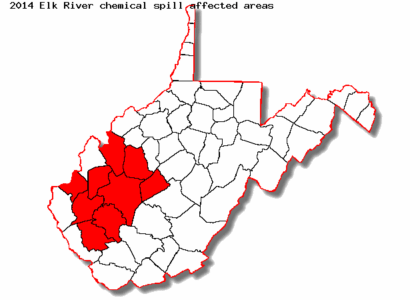Welcome to the site of the Tennessee Ash Spill, a location marked by one of the most significant environmental disasters in recent U.S. history. As you stand here, you’re walking on ground that once bore witness to a catastrophic event that reshaped the landscape and sparked nationwide conversations about environmental policy and energy production.
On December 22, 2008, a containment wall at the Kingston Fossil Plant collapsed, releasing 5.4 million cubic yards of coal ash into the surrounding environment. This accident sent a deluge of toxic sludge across 300 acres, affecting homes, waterways, and wildlife. The spill was more than just an environmental disaster; it was a wake-up call about the hidden dangers of coal combustion byproducts.
Coal ash, a byproduct of burning coal for electricity, was stored in a massive retention pond at the plant, overlooked by many despite its potential hazards. The spill’s immediate impact was devastating. The ash buried roads, destroyed homes, and contaminated the Emory and Clinch rivers. Cleanup efforts were monumental, involving extensive dredging and soil remediation, costing approximately $1 billion and taking several years to complete.
The disaster brought to light the lack of regulation surrounding coal ash storage and disposal. In its aftermath, it spurred significant policy changes. The Environmental Protection Agency (EPA) was prompted to implement stricter regulations on coal ash disposal, classifying it as a pollutant requiring careful management.
The Tennessee Ash Spill site also became a focal point for environmental activism. It highlighted the urgent need for transitioning to safer, more sustainable energy sources, aligning with broader environmental movements advocating for renewable energy and reducing reliance on fossil fuels.
Notably, the spill attracted attention from activists and policymakers alike. Figures such as Lisa Jackson, then-EPA Administrator, visited the site, emphasizing the need for stronger environmental safeguards. The incident also galvanized local communities and environmental groups, who pushed for greater transparency and accountability from energy producers.
Today, as you look around, the landscape bears the scars of its past but also the hope for a cleaner future. The area has been rehabilitated, with efforts to restore the natural habitat and prevent future incidents. The Tennessee Ash Spill serves as a stark reminder of the environmental costs of energy production and the ongoing struggle to balance industrial activity with ecological preservation.
As you leave this historical site, consider its legacy in shaping environmental policy and the ongoing efforts to secure a sustainable future. The Tennessee Ash Spill is not just a story of disaster, but also one of resilience, recovery, and the relentless pursuit of a cleaner, safer world.



